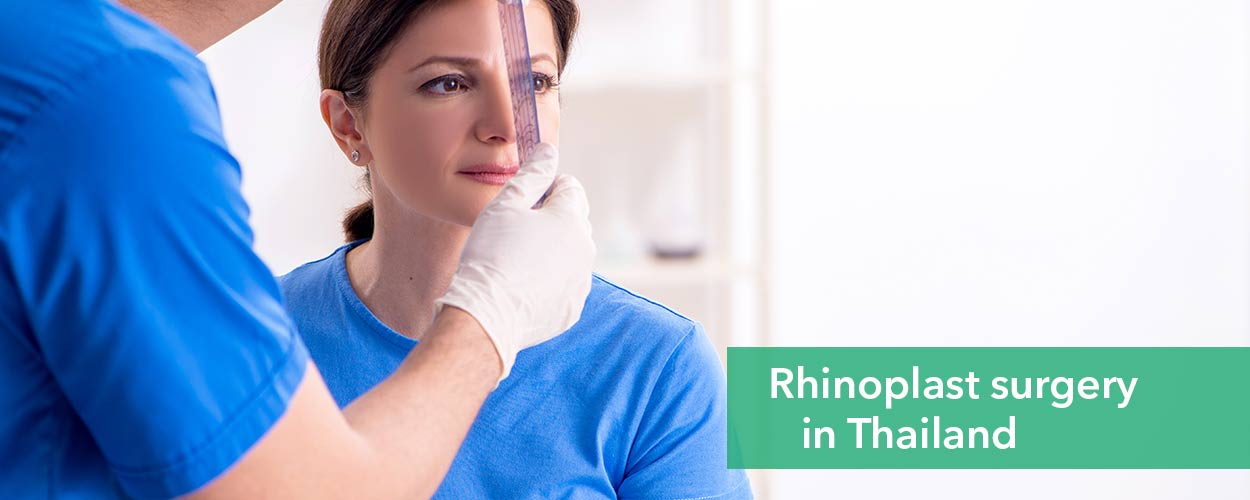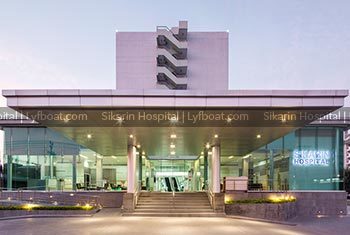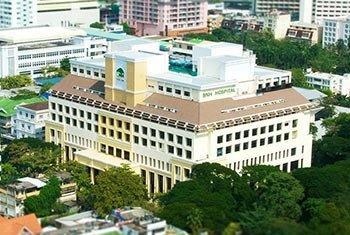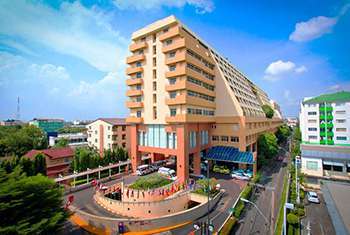Rhinoplasty procedure
Pre-operative phase
In the preparatory phase before rhinoplasty surgery, the patient will undergo some medical tests and physical examination. This is to determine if the person is suitable to undergo surgery. During the initial consultation, the surgeon will discuss the candidate’s desire and expectations from rhinoplasty.
The medical history of the candidate is also considered along with the list of current medications and medical conditions. For people who have hemophilia, an inherited disorder that can cause excessive bleeding, any elective surgery is contraindicated.
The physical examination allows the doctor to assess the skin on the inside and outside of the nose. This helps in determining what kind of changes can be made during the surgery.
Once all the evaluation is done and the candidate is found physically, and psychologically stable to undergo surgery, a date for the operation will be scheduled. The doctor will further discuss the risks, post-operative care and possible results of the surgery to prepare the patient.
The candidate may also consider any additional surgery that can be done at the same time with rhinoplasty. Many people also choose to have a chin augmentation, a cosmetic procedure to refine the chin, along with their rhinoplasty surgery.
The doctor will also give pre-operative instructions such as to avoid painkillers with ibuprofen or aspirin for two weeks before and two weeks following the surgery. This is because these medications may slow down the blood-clotting process and cause more bleeding. It is important for the patient to inform about the medications and supplements they are taking, so the doctor can advise whether they can continue them or stop for some time before the surgery.
The patient is asked to stop smoking as it can slow the recovery process. The nicotine in cigarettes constricts the blood vessels and results in the delivery of less oxygen and blood to healing tissues. It is advisable to quit smoking before and after the surgery to have a healthy healing process.
Also, plan post-operative management by arranging for someone to drive to and from the hospital and to stay for at least the first night after the surgery.
During the surgery
1. Anaesthesia
Rhinoplasty can be performed using local or general anaesthesia. For simple nose surgery, most people tend to receive local anesthesia to your nose, which may also numb the face, along with IV sedation to make the patient relax while they are still awake.
General anaesthesia will make the unconscious during the surgery and it is usually given in the case of children.
2. Incision
Once the anaesthesia is administered, the surgeon will make incisions between or inside the nostrils. Nose surgery is a highly customized procedure, and the techniques used by a cosmetic surgeon during the surgery may vary for different patients. This usually depends on the nose anatomy and desired changes.
In general, there are two main types of rhinoplasty technique:
Open Rhinoplasty – In an open approach, the surgeon makes a small incision under the nasal tip and between the nostrils. This method offers the benefit of providing more access to the nasal structures, allowing the surgeon to sculpt the nose into the desired shape.
Because of this reason, most cosmetic surgeons use the open rhinoplasty approach for patients who need extensive reshaping and reconstruction. The scars from this technique remain well-hidden in the natural contours of the nose and are hardly visible.
Closed Rhinoplasty – In a closed approach for rhinoplasty, the surgeon makes incisions inside the nostril. This method is more commonly used for making minor adjustments to the nasal structures of the patient in order to achieve the desired improvements.
Closed rhinoplasty offers the advantage of no visible post-operative scarring. However, this method may not be as suitable for extensive rhinoplasty operations
3. Reshaping the nose or correcting a deviated septum
Depending on the changes desired by the patient, the surgeon may:
- Reduce an overly large nose by removing bone or cartilage. This makes the nose smaller and is called nose reduction
- Adding the cartilage grafts and bone to make the nose larger. This is called nose augmentation. The cartilage can be taken from the septum (the middle partition of the nose), ears or from a section of the ribcage. The bone taken from the hips, elbow or skull is used to build up the new structures of the nose.
- Alter the shape of the nose along with nostrils by cutting the nose bone and rearranging the cartilage
- Refine the angle between the nose and upper lip
For a deviated septum – the surgeon will straighten the nose and reduce the projections inside the nose to improve breathing.
4. Closing the incision
After all the required underlying structure of the nose have been sculpted as per the pre-discussed plan, the surgeon closes the incisions on the nose and cover the nasal skin and tissue with a bandage.
Sometimes, additional incisions are placed in the natural creases of the nostrils in order to alter their size. They are also closed and covered with a bandage.






